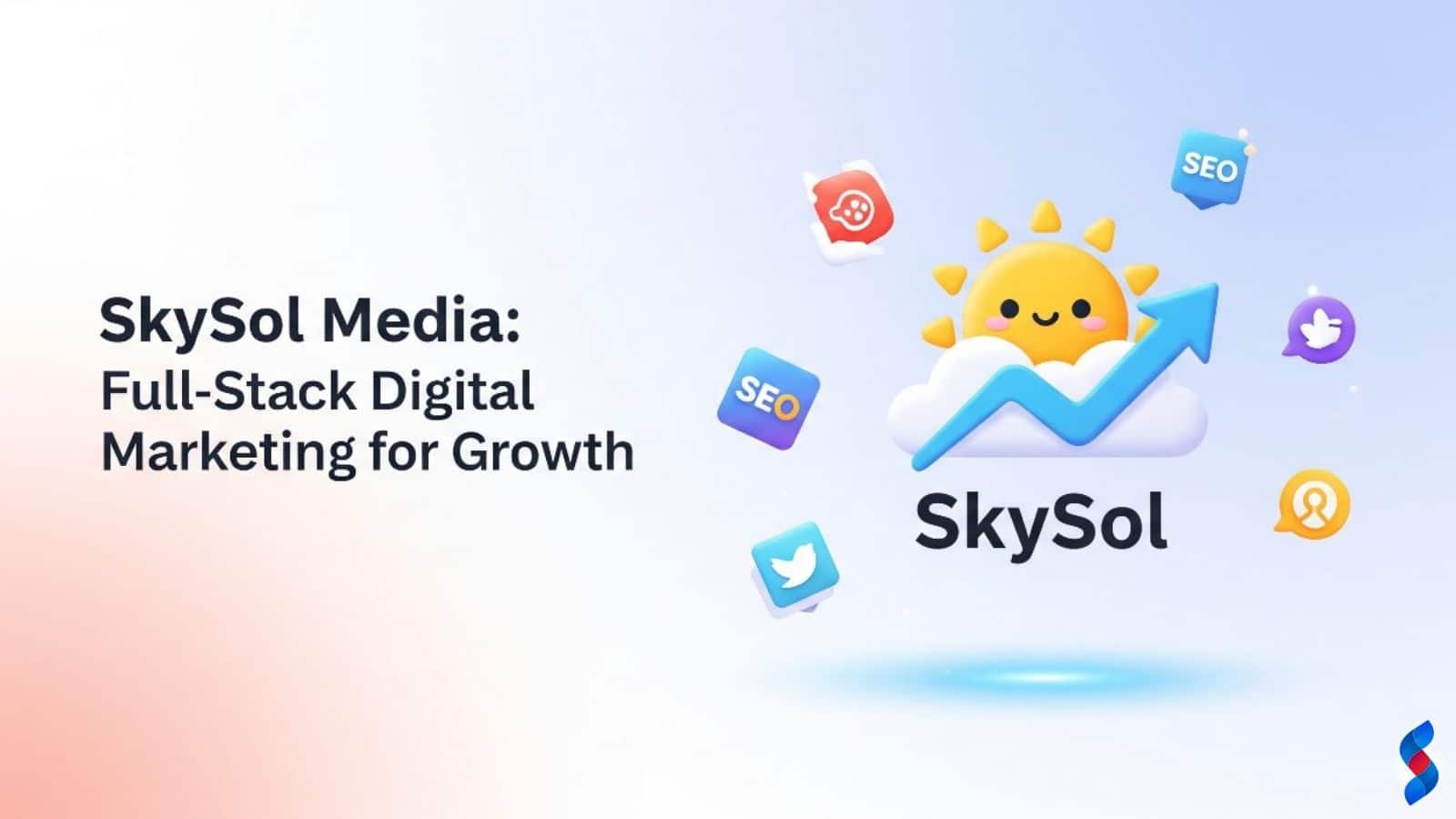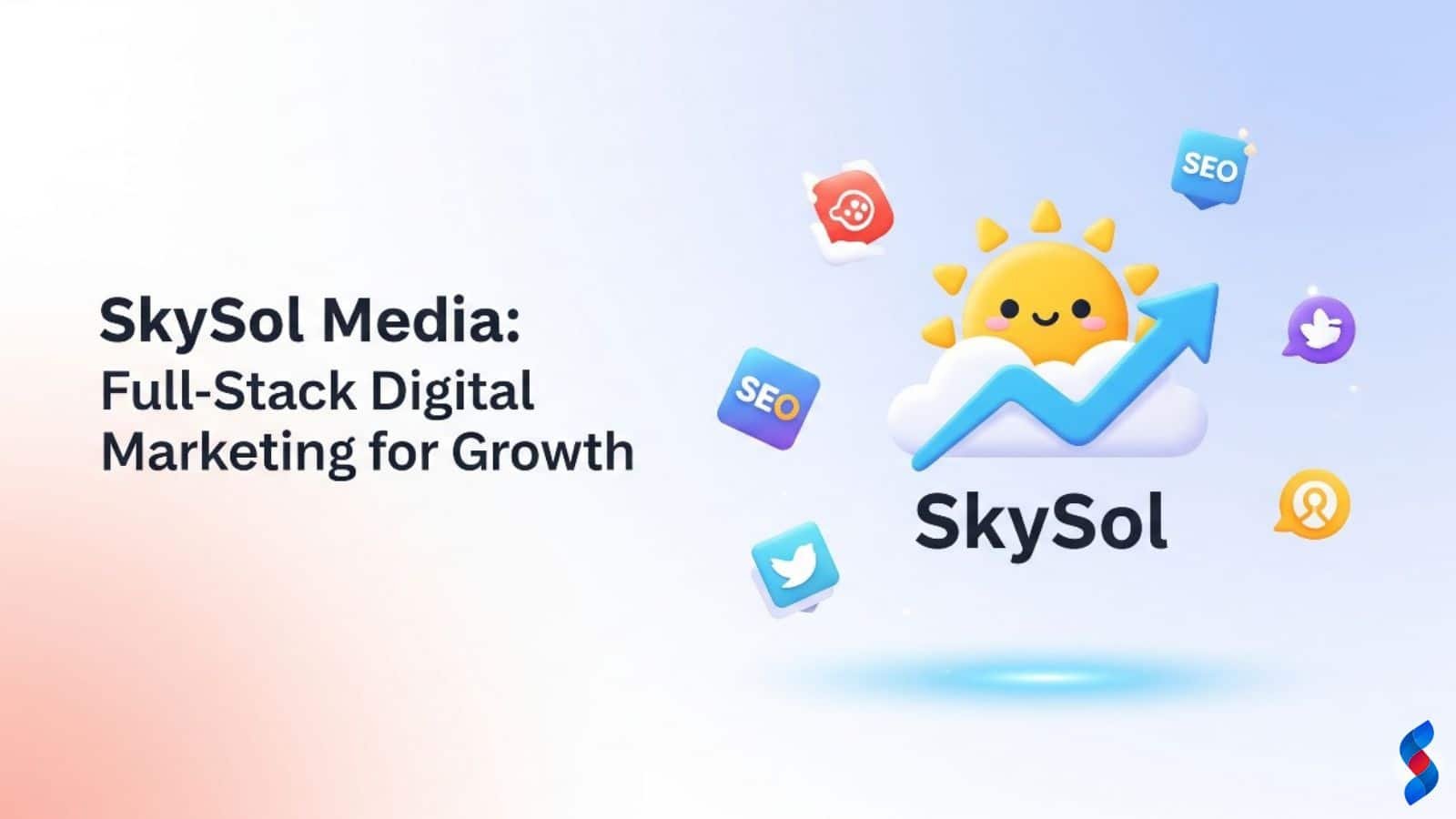Need help? Call us:
+92 320 1516 585
- Web Design And Development
- Graphic Designing
- Search Engine Optimization
- Web Hosting
- Digital Marketing
- CRO Services
- Brand Development
- Social Media Marketing
- PPC Marketing
- Content Marketing
- ERP Solutions
- App Development
- Game Development
- Printing Services
- Video Production
- Artificial Intelligence
- Data Entry
- Theme And Plugin Development
- Product Photography
- Software Development
- App Development
- Artificial Intelligence
- Brand Development
- Content Marketing
- CRO Services
- Custom Theme And Plugin Development
- Data Entry
- Digital Marketing
- ERP Solutions
- Game Development
- Graphics Designing
- PPC Marketing
- Printing Services
- Product Photography
- SEO
- Social Media Marketing
- Software Development
- Unique Category
- Video Production
- Web Design & Development
- Web Hosting
How to Choose the Right Digital Product to Sell on Your Blog
Digital Product to Sell on Your Blog: With digital product sales expected to cross $500 billion globally by 2026, bloggers have a golden opportunity to…
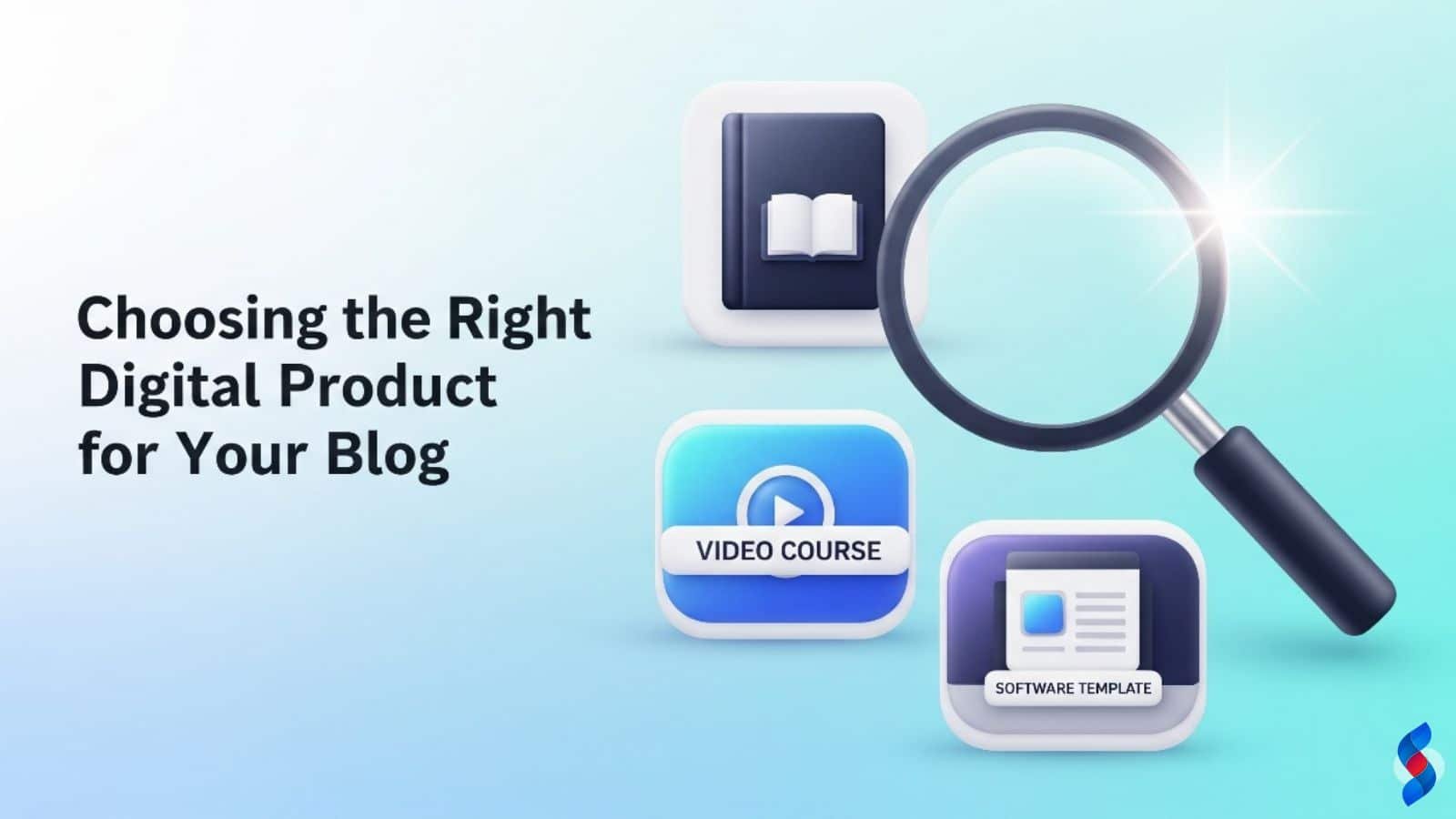
Digital Product to Sell on Your Blog: With digital product sales expected to cross $500 billion globally by 2026, bloggers have a golden opportunity to tap into this growing market. But here’s the challenge: Which digital product should you sell on your blog?
At SkySol Media, we guide bloggers and digital entrepreneurs through the process of creating and selling the right digital products—those that deliver real value, build trust, and generate consistent revenue.
In this guide, we’ll help you identify the perfect digital product for your niche, audience, and content strategy in 2025–26.
What Is a Digital Product?
A digital product is any value-based item that is created and delivered online. It doesn’t require inventory, shipping, or physical storage. Once made, it can be sold an unlimited number of times—making it scalable, passive, and cost-effective.
Read Also: How to Build a Real Business From Your Blog in 2025–26
Popular digital products in 2025:
- eBooks
- Online courses
- Printables and planners
- Templates (resumes, marketing kits, etc.)
- Stock photos, audio, or video
- Software, plugins, or scripts
- Membership content
Why Sell Digital Products on Your Blog?
Your blog isn’t just a content platform—it’s a trust-building machine. Once you establish authority in a niche, your audience is more likely to buy from you.
Here’s why digital products are the perfect monetization model for bloggers in 2025–26:
- High-profit margins (you keep most of the earnings)
- No physical inventory or shipping
- Works passively once set up
- Builds brand authority and community
Step-by-Step: How to Choose the Right Digital Product
Let’s walk through a responsible, data-driven framework to select your perfect product.
Step 1: Understand Your Audience Deeply
You can’t sell something valuable until you know what your readers are struggling with.
Ask yourself:
- Who is my ideal reader?
- What goals are they trying to achieve?
- What are their biggest pain points?
- What skills or tools are they looking for?
Tools to Use:
- Google Analytics (user behavior)
- Surveys (via Typeform or Google Forms)
- Email replies and blog comments
- Social media polls (Instagram, LinkedIn, etc.)
- Ubersuggest and AnswerThePublic (keyword intent)
Step 2: Align With Your Blog’s Niche
The best digital product matches the topic and tone of your blog. If you blog about minimalist living, an Excel budget tracker or decluttering guide makes sense. A travel blogger might offer itinerary templates or photography presets.
Examples of Niche & Product Fit:
- Finance Blog → Budget spreadsheets or financial eBooks
- Fitness Blog → Workout planners, meal plans
- Parenting Blog → Printable chore charts or homeschooling kits
- Tech Blog → Coding templates or automation scripts
- Career Blog → Resume templates or LinkedIn optimization guides
Step 3: Evaluate Your Skills and Time
Your product should match what you’re good at—and what you can realistically create and support.
Ask yourself:
- What do people already ask me for help with?
- What have I successfully done or built myself?
- Do I enjoy teaching, designing, writing, or coding?
If you hate creating videos, an online course may not be your best first product. But if you love writing, an eBook could be perfect.
Step 4: Research Market Demand
Before you build, validate. Make sure people are actively searching for or buying similar products.
Tools for Validation:
- Google Trends – See if your topic is rising or falling
- Amazon Kindle Store – Research top-selling eBooks
- Etsy – Find printable/digital product ideas
- Gumroad / Creative Market / AppSumo – See what’s trending
- Keyword Tools – Ubersuggest, Ahrefs, or Google Keyword Planner
Step 5: Start Small With a Minimum Viable Product (MVP)
Don’t overbuild. Instead, start with a “minimum viable product”—a simple, functional version that solves a core problem.
Examples of MVPs:
- A 10-page eBook instead of 100 pages
- A 5-day email course before creating a full video course
- A single template instead of a full bundle
- A “starter kit” printable for your niche
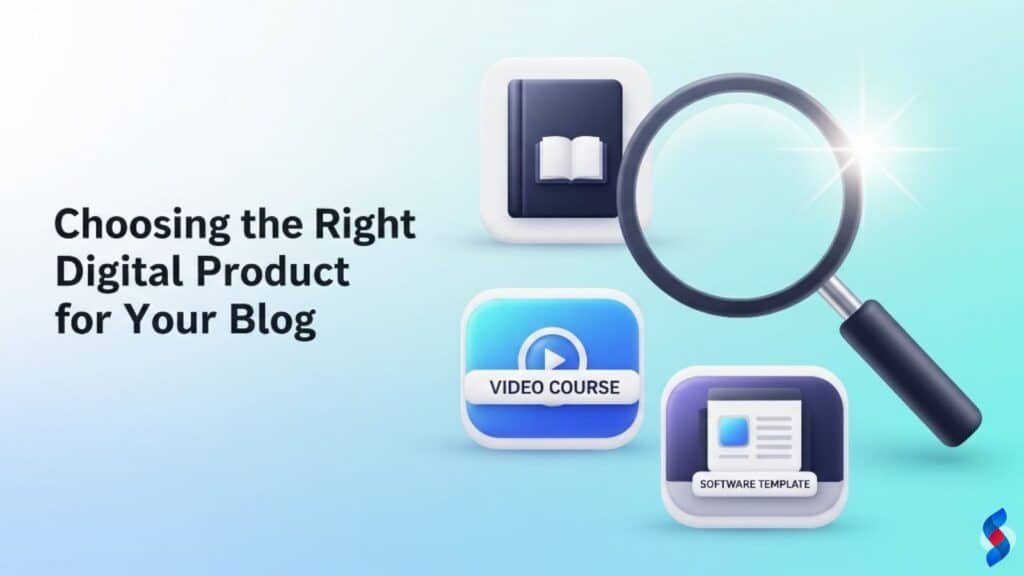
5 Digital Product Ideas for Bloggers (2025–26)
Here are 5 product ideas that work well across multiple blog types:
1. eBooks
Ideal for bloggers with in-depth expertise or storytelling skills. You can publish on your own site or through Amazon KDP.
Example: “30-Day Productivity Challenge for Creators”
2. Digital Planners & Printables
Best for lifestyle, parenting, wellness, or education bloggers. Easy to design using Canva.
Example: “Weekly Meal Planner for Busy Moms”
3. Online Mini-Courses
Short, targeted video or email-based courses can build trust fast.
Example: “How to Land Your First Freelance Writing Client in 7 Days”
4. Templates & Toolkits
Great for business, marketing, or tech bloggers. Offer editable Notion, Excel, or Canva files.
Example: “Notion Productivity Hub for Freelancers”
5. Membership Site or Resource Library
Offer exclusive monthly content, Q&A sessions, or community access.
Example: “Monthly Business Growth Vault for Solopreneurs”
Platform Recommendations
You can host your digital products using:
| Type of Product | Recommended Platform |
|---|---|
| eBooks/Printables | Gumroad, Payhip, Etsy |
| Courses | Teachable, Thinkific, Podia |
| Membership Sites | Kajabi, MemberPress, Substack |
| Templates | Creative Market, Shopify |
| All-in-One | WordPress + WooCommerce |
Final Thoughts: Focus on Real Impact
Creating and selling the right digital product isn’t just about income—it’s about impact and credibility. When your product solves a real problem, your blog becomes more than content—it becomes a trusted solution hub.
At SkySol Media, we believe the future of blogging lies in authentic content and product alignment.
Don’t forget to share it
Table of Contents
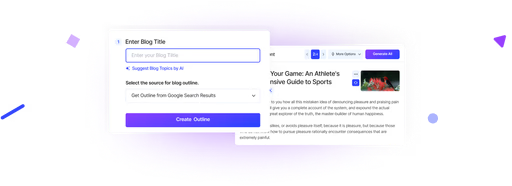
We’ll Design & Develop a Professional Website Tailored to Your Brand
Enjoy this post? Join our newsletter
Newsletter
Related Articles
Why Your Business Needs a Full-Stack Digital Marketing Agency in 2025–26
WordPress Marketing Plugins: 5 Proven Ways to Skyrocket Your Success in 2025
WordPress Marketing ROI: Amazing Ways to Boost It in 2025
Marketing Automation Plugins: Ultimate Guide to the Best Options in 2025
WordPress Digital Marketing: The Ultimate Theme Guide for Amazing Success in 2025
This website uses cookies to improve your experience.
By using this website you agree to our Privacy Policy.

